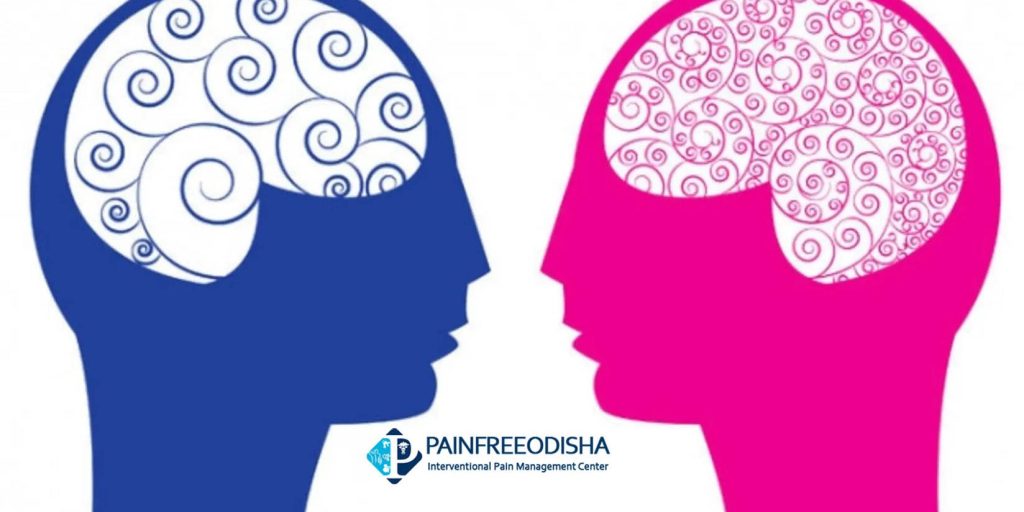Several researches are being carried out by pain management specialist across the globe and they are trying to understand the pain and its management procedure. Based on observational studies so far, experts unanimously agree that females are prone to feel more pain and tolerate it better too. There are many factors that govern this difference. However, there are still grey areas in the scientific understanding of pain.
Factors influencing pain perception and tolerance
Anatomical and neural factors
Men and women differ anatomically in several ways. One major difference is in the neuronal density.
Females have more nerve receptors. This greater nerve density leads to increased perception of pain compared to males. For example, if you consider the facial skin, females on average have 34-40 nerve fibres compared to the 17-20 found in males, The higher density of nerve fibres in women means they register more pain. That’s why Females are more prone to face trigeminal neuralgia than men.
The role of hormones
The quantity of sex hormones presents in males and females vary. It also differs with age – before puberty, during the reproductive age and after menopause and andropause. These variations contribute to pain perception and tolerance.
As per Research before puberty, there is no major difference in the amount of testosterone present in male and female. So, whatever difference in feeling pain can be observed at that age could be due to social construct or psychological reasons.
Hormone levels are different in the reproductive age. During This is the period when the testosterone increases in men leading to muscle mass. Physiological role of testosterone is to increase pain threshold. Similarly in females, the estrogen increases the pain threshold.
It’s been proved that “Women have repeatedly proven that they have high tolerance to pain during menstruation cycles or at the time of pregnancy”. “Progesterone does not play a significant role in the difference of pain perception in male and females even if it has anti-inflammatory, analgesic, diuretic, calming, and relaxing properties. In the first half of the menstrual cycle, the progesterone in a female is similar to a male. In the second half of the cycle, progesterone increases in females. But there’s no evidence that women have a higher threshold for pain perception or tolerance at this time. Dehydroepiandrosterone, a hormone that is present in slightly higher quantities in men compared to women has calming, analgesic and immunomodulatory effects. But there is no evidence to prove that it provides a higher pain threshold or tolerance in male compared to females.”
Post andropause, the level of testosterone falls and it can be observed that there is no significant difference in pain perception or tolerance.
Pain coping strategies make a difference
Major studies have looked at differences in pain among men and women to get a better understanding of its perception. But that is not simple as pain tolerance and perception differs between individuals of the same gender. It is a highly individual experience.
For instance, it is not accurate to say that since society influences the way men think and act when experiencing pain, they feel less pain. A woman can be conditioned the same way too. Many are, in fact. Carrying the pain and memory of a major childhood trauma through one’s life is common. This happens irrespective of gender.

